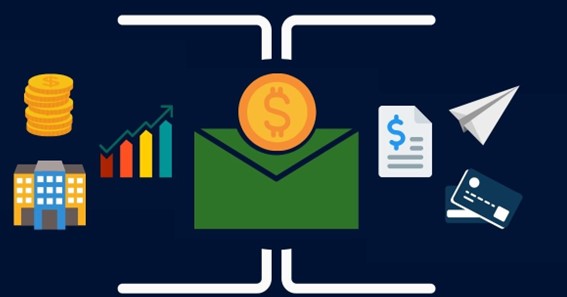Running a business is more challenging than you think. It involves a lot of strategy and processes to keep your business working smoothly. If any of these processes don’t work correctly, it could show the impact on the success of your business. Therefore, it is necessary to check every department of your business. These checks can help you to avoid future challenges.
However, checking your bills and invoices can be a heavy task. Since business gets many invoices in a month, going through all the paperwork, sitting under the piles of bills, and rechecking everything takes a hell lot of energy and time. Many companies still prefer to do this manually, but it’s high time to shift to AI-based tools. No matter how much you try, humans are capable of making mistakes. And also, why waste your money and time managing everything by yourself when you can take the help of the tools?
There are many things a business has to keep track of, one of which is payables. What is payable? The meaning is as simple as it sounds: payable means the bill that has to be paid by the business operator for the goods and services it has purchased or whatever invoice had been submitted in its name. This payment also includes reimbursement. Reimbursement can consist of travel expenses, meal expenses, healthcare expenses, and more. The company has to pay big money to the supplier. Keeping track of all these bills and invoices takes time. Therefore it requires an under department to keep things properly.
Tracking all these invoices is necessary since it gives you the balance sheet of all your expenses. And for a business, it is required to know where all money is flowing. It is also essential for the company to make payments on time.
Some of the account payables options are:
- Transportation and Logistics
- Raw Materials
- Power / Energy / Fuel
- Products and Equipment
- Leasing
- Licensing
- Services
They are mostly five steps involved during the payables process these include:
- Receive:
This is the very first stage. Here, you will receive the invoice for the payments. It can be submitted physically, through emails, fax, or any other mode.
- Reviewing:
Once the invoices are received, the handler has to check them. It is a significant step. It involves cross-checking. They have to cross-check with the suppliers regarding the goods and services received. Once it gets finalized then, it is moved ahead to another stage.
- Approve:
The business isn’t run by only one man. There are many involved in the industry. And money is an essential factor in all these processes. Therefore sanctioning any amount to anyone sometimes requires more than one person’s approval.
- Payment:
Once all the approval is done and the invoice is clear. The money is processed into all the accounts of the user.
- Recording:
The last step is the recording which is as important as the payment. Keeping track of all the expenses is very important for a business model. They look into their monthly expenses through this record and form necessary strategies to improve their model.
